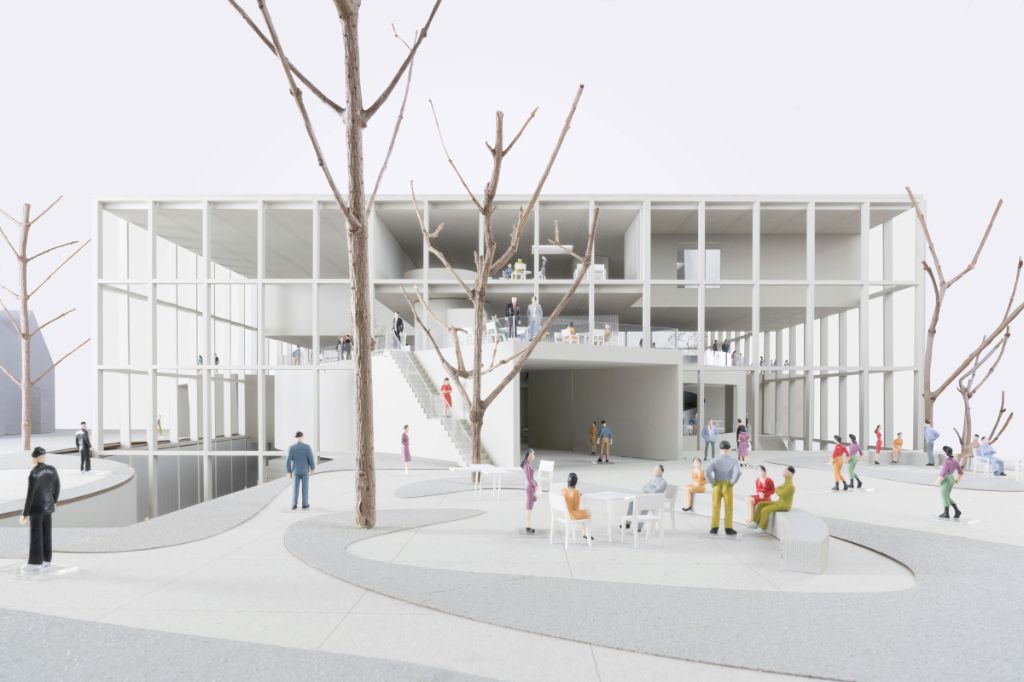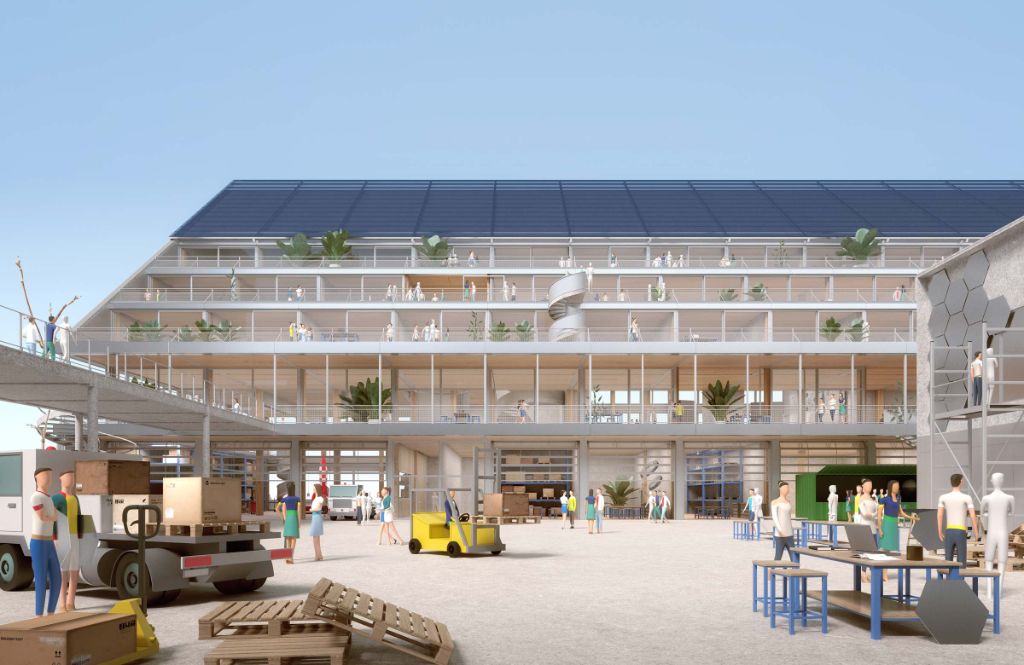HSG Learning Centre
Despite the virtualisation of social exchange, real space remains important for human beings. It appeals to our senses, awakens emotions, it allows us to meet others physically, directly, and spontaneously and connects us with institutions. We believe that good spaces contribute something that cannot be provided in other ways. But for the design of a learning center what does ‘good space’ mean?
The building commission ‘learning center’ is very much a current trend, but the term itself is strangely imprecise. To what extent is a learning center more than a mix of conventional uses such as library, teaching spaces, landscape for learning, gastronomy, conference, and exhibition spaces? It is perhaps easier to say what a learning center ought not be, i.e., a purely functional building that focuses just on efficiency. We believe that the essence of the task ‘learning center’ lies in ‘otherness’, in being different to what is already known. In this sense a learning center is a place which, through its special spatial quality, augments existing spatial offers, awakens emotions and creates identity.
We are inspired by Buckminster Fuller’s Biosphere with its simple but powerful spatial idea of the monospace. A monospace is not a simple addition of spaces but a whole, whose parts all engage in a close dialogue with each other. Its transparent membrane allows an individual climatic sphere to develop. The huge interior offers a place for platforms and objects as quite different kinds of ‘things in a thing’. This spatial concept of simultaneous diversity and collectivity seems to us ideal for a learning center. Our architecture aims to be flexible enough to integrate the requisite programs and activities and at the same time powerful enough to evoke emotions and create identity.
The suggested concept of ‘bodies in space’ leads to a complex spatial system that both offers independent spatial worlds and is registered as a spatial vessel that can be experienced as a whole. Two sculptural volumes are introduced into the four-storey spatial shell with the reception hall and the concentration spaces. In conjunction with the space around them they build up an exciting positive-negative relationship. Perforations, omissions, jumps in scale and striking circulation elements repeatedly produce surprising changes of perspective and spatial panoramas, make cross references possible, and create intimate areas to withdraw to. At the same time, in every place in the building one feels part of a large ‘whole’.
Model photographs: © Hannes Henz, Zurich · © EM2N, Zurich
Index: 258 LCS
Date: Competition 2017
Team EM2N
Partners: Mathias Müller, Daniel Niggli · Associate: Fabian Hörmann · Project leader: António Mesquita · Project team: Emmanuel Álvarez Sánchez, Jesús E. Gijón Carretero, Santiago Catanzano, Elói Gonçalves, Mathias Kampmann, Judith Kimmeyer, Konrad Scheffer, Anastasia Zharova
Model making: Jennifer Bottlang, Jonas Rindlisbacher
Specialist planners
Landscape architecture: Balliana Schubert Landschaftsarchitekten AG, Zurich · Civil engineer: Schnetzer Puskas Ingenieure AG, Zurich · Planning heating / ventilation / air-conditioning and sanitary services: ahochn AG, Dübendorf
Location
St. Gallen, Switzerland
Procedure
Competition, 2nd prize
Client
HSG Foundation
Year
2017
Status
Project
Program
Café, Culture and event spaces, Exhibition spaces, Learning landscapes, Lobby, Meeting rooms, Reception, Seminar rooms, Student work spaces
Size
7,000 m²























































































